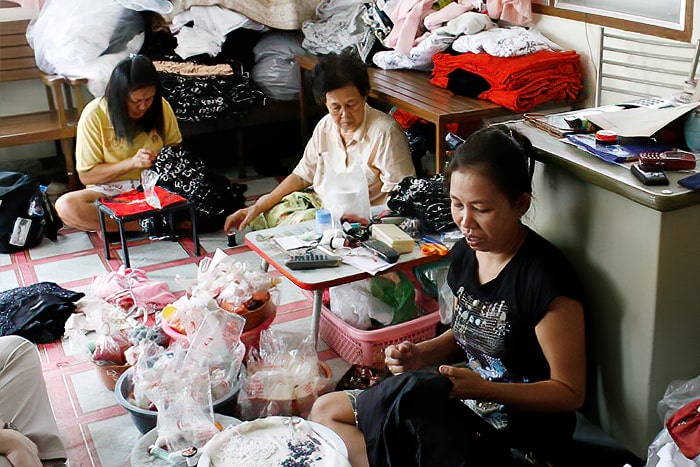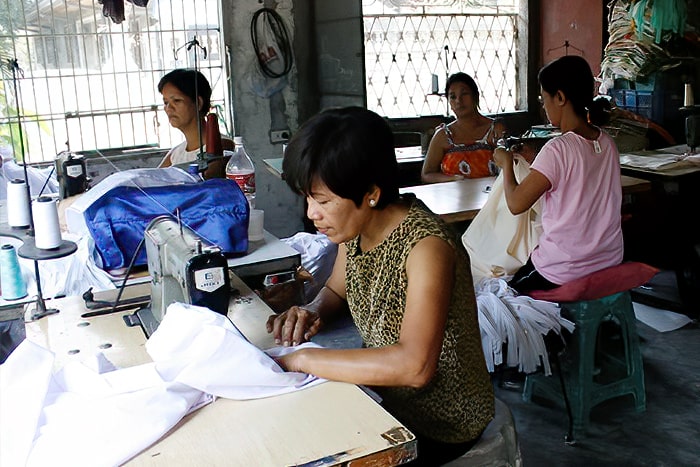HomeNet International / About / Home-Based Workers
Home-based workers are those who do paid work within their homes or the surrounding grounds. They produce goods for local or global value chains.
Homeworkers are a specific category. They are sub-contracted by individuals or firms, often through intermediaries. Typically they get paid by the piece and given raw materials, but cover much of the other costs of production.


In both categories, these workers deal with low incomes, irregular and/or cancelled work orders, unreliable supply of raw materials, delayed payment, and rejected goods. The majority are women. Larger economic trends such as fluctuating demand and rising input prices affect both groups, but particularly the self-employed.
The term ‘Dependent Contractor’ is an international term adopted at The 20th International Conference of Labour Statisticians (ICLS) in October 2018. A Resolution was passed at this conference to include a new meta-category of Dependent Contractors in the revised International Classification of Status in Employment (designated ICSE 18).
See HomeNet South Asia’s Q&A: Understanding the statistical term of “Dependent Contractor”
https://hnsa.org.in/sites/default/files/Dependent%20Contractor-FINAL.pdf
Learn more about the size, contributions and challenges of home-based workers under Resources and WIEGO’s site: https://www.wiego.org/informal-economy/occupational-groups/home-based-workers
There are over 100 million home-based workers around the world and over 50 million of these reside in South Asia. In a fast-paced, globalized world, home-based workers – a majority of them women – have become integral to global and local economies. Yet, they remain invisible and unrecognized.
Video is available in Hindi; Bangla/Bengali; Tamil & Dzongkha
The fast fashion mantra rules the global garment industry – spurning supply chains that crisscross the globe. Homeworkers sit at the bottom of these supply chains, taking up a range of jobs that contribute significantly to the end product. However, they remain invisible and command little bargaining power.
Video is available in Hindi; Bangla/Bengali & Tamil
Copyright © HomeNet International